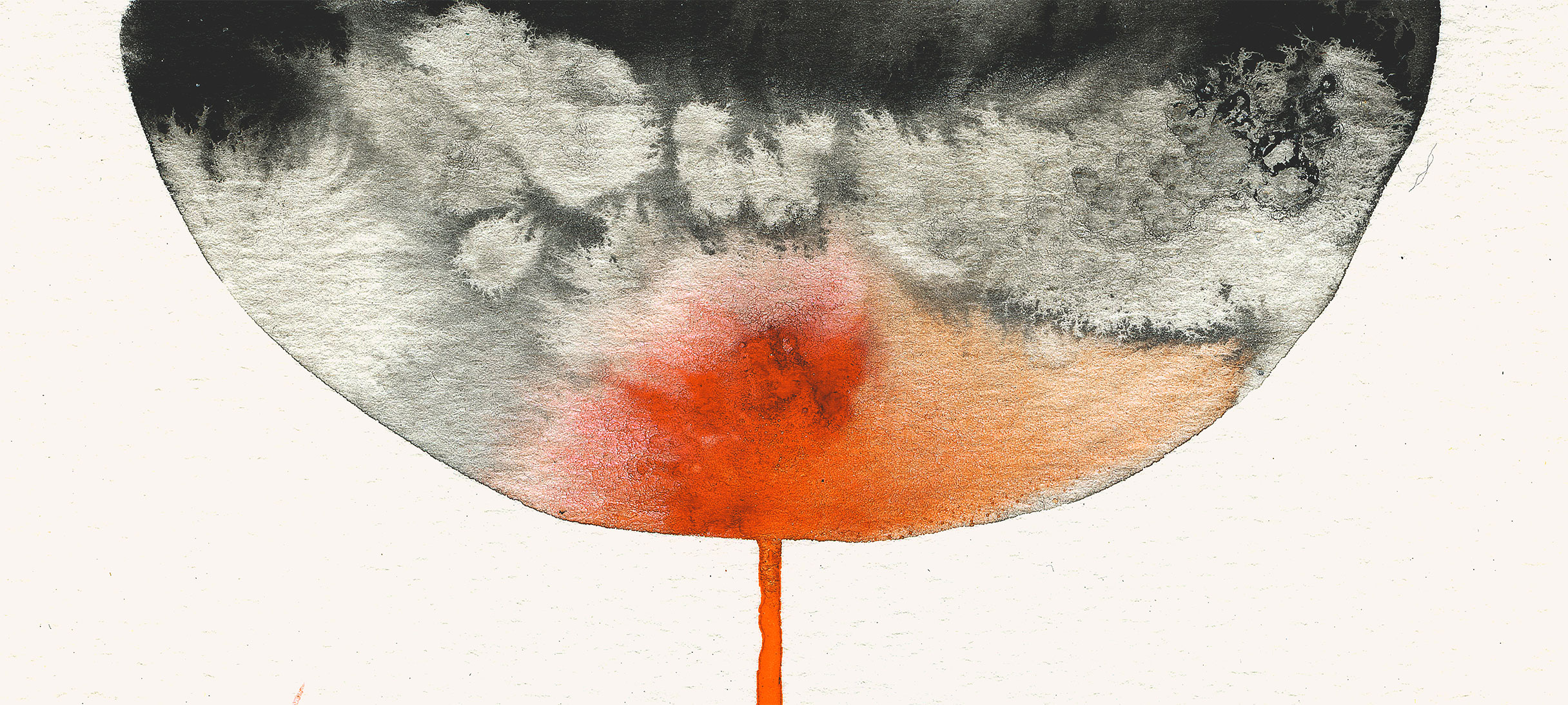When to use it?
This practice will engage participants in a focused and personal exchange and helps to create a collective sense of openness and empathy. An ethic of listening is conveyed and practiced, which can serve as a common ground for future practices and the rest of the process. Therefore it is recommended to apply this practice in the first part of the process.
This practice can be also used to elaborate on a previous practice experience.
Moreover, it can create a space for the participants’ standpoints concerning the investigated topic to be brought in.
If the group is still in a very open process and topics or questions are still very vague, the method can be used to produce those topics and questions to be collectively explored.
How to do it?
Divide the group into pairs. One person takes the “listener” role. The other person will be sharing her/ his thoughts, perceptions, feelings on a certain topic or experience. This exercise can be adapted to different contents, what matters most here is the practice of listening and asking questions.
The “listener” is responsible for creating an environment in which the other person’s speech can creatively unfold. His/ her task consists of making space and giving space.
To make space in yourself, be aware of the images that come up in your mind when you are listening. Does what you hear evoke a memory in you? How are you depicting the situation described? Projection is part of how perception works. Don’t try to suppress your projections, just notice that they are about yourself, not about the other person’s experience.
Give the other person space by avoiding habitual replies like “I know how that is”, “I went through the same”, etc. Also avoid giving advice, looking for solutions and diagnostics. Instead, focus your replies on asking questions.
To give space, ask questions that will further describe the experience: How did you feel? What body sensations did you have? What was the context of the situation? Who else was there? How does it feel now while you are telling it? What did you think back then? What is going through your mind now? Avoid the why’s.
Focus on how the person relates to the experience, how s/he talks about it. Reflect it to her, without analyzing it: “I noticed that you have been holding your right thumb with your left”. “I noticed that you used the word “x” a few times.”
When asking questions, be aware if there is any statement behind the questions. Often we formulate questions to get the feeling of being right, or even to manipulate the other, leading the conversation where I want it or I think it should go. That is, we often ask questions we “know” already the answers to. Try to avoid that by noticing and reformulating those kinds of questions.
The objective of this practice is not to reach some kind of discursive truth, but rather to help the person sharing the experience to describe it and elaborate on it. It is intended to help her to find the right words and to reorganize what they have experienced. Through their listening and questions, the “listeners” are helping the other to give form to his/her experiences and to make it graspable, rather than “understandable”.
Variations & extensions
Drawing forms of feelings:
After having done it twice, that each person was once the “listener”, the participants are invited to share their experiences by making a drawing – a visual representation of how the exchange felt like:
Try to express the rhythm, body-sensations, the perceived-quality of space between you and around you, a sense of movement, lines, shapes…
Then, show each other the drawings, and have some time to explore them without commenting.
Talk about it. Use the drawings to describe how the experience was for you. Look for possible relations between the drawings.
“Word-map”:
A way to “document” the conversation can be to draw a “word-map”. Here, the focus is more on the content of it. After each round, the “listeners” are invited to place the most relevant words and expressions on paper, caring for the spatial relationship between them, deciding which size and colors are used for each word – that is, how they are formally organized. Lines, shapes, gestuality can be used to make the map more expressive and indicate relationships between the words.
Both the drawings as well as the maps can be used on a further activity, for example, a reflection with the whole group. The “word-maps” can also be used to identify common issues between the participants and to organize participants with common issues in groups to further explore those.
Combine with
Sources
Listening shapes speech is a method I developed based on multiple influences. It relates to communication methods as the “Bohm Dialogue” and “Non-violent Communication” and is also based on my experience of interviewing people as a documentary filmmaker. Some ethical principles here are influenced by my practice of the somatic-relational method “Authentic Movement” with the teacher Soraya Jorge.
The focus on the how and especially the sharing format “Drawing forms of feelings” is inspired by the concept of “forms of vitality”, by the psychologist Daniel Stern. His book “Forms of vitality. Exploring dynamic experience in psychology, arts, psychotherapy, and development” has been very influential in forming the principles behind the practices and ideas presented on this website.
